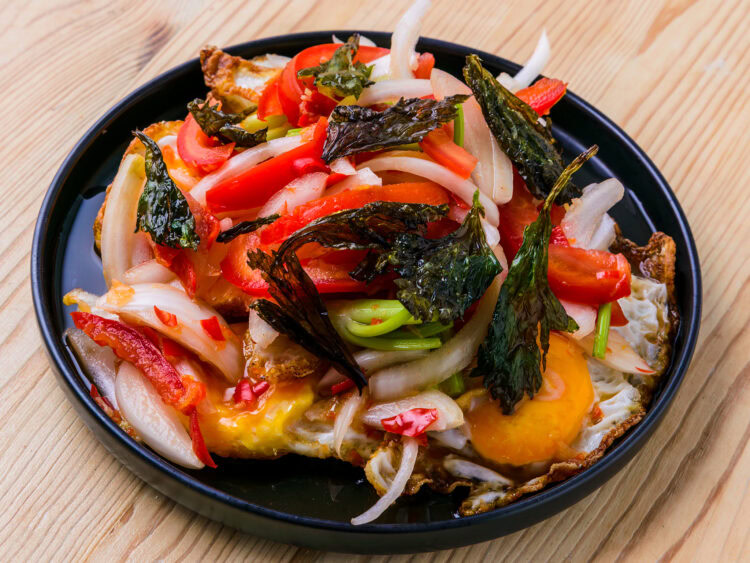Crispy fried eggs topped with a tangy, spicy, and aromatic Thai salad—perfect for a quick, flavor-packed meal.
When the wok hits its smoke point, a raw egg slides in with a sizzle. In seconds, the white puffs up into a golden, lacy crisp while the yolk wobbles in the center: this is the Thai kai dao, the “star egg.” Instead of landing next to a slice of toast, this crispy-edged marvel takes a completely different journey.
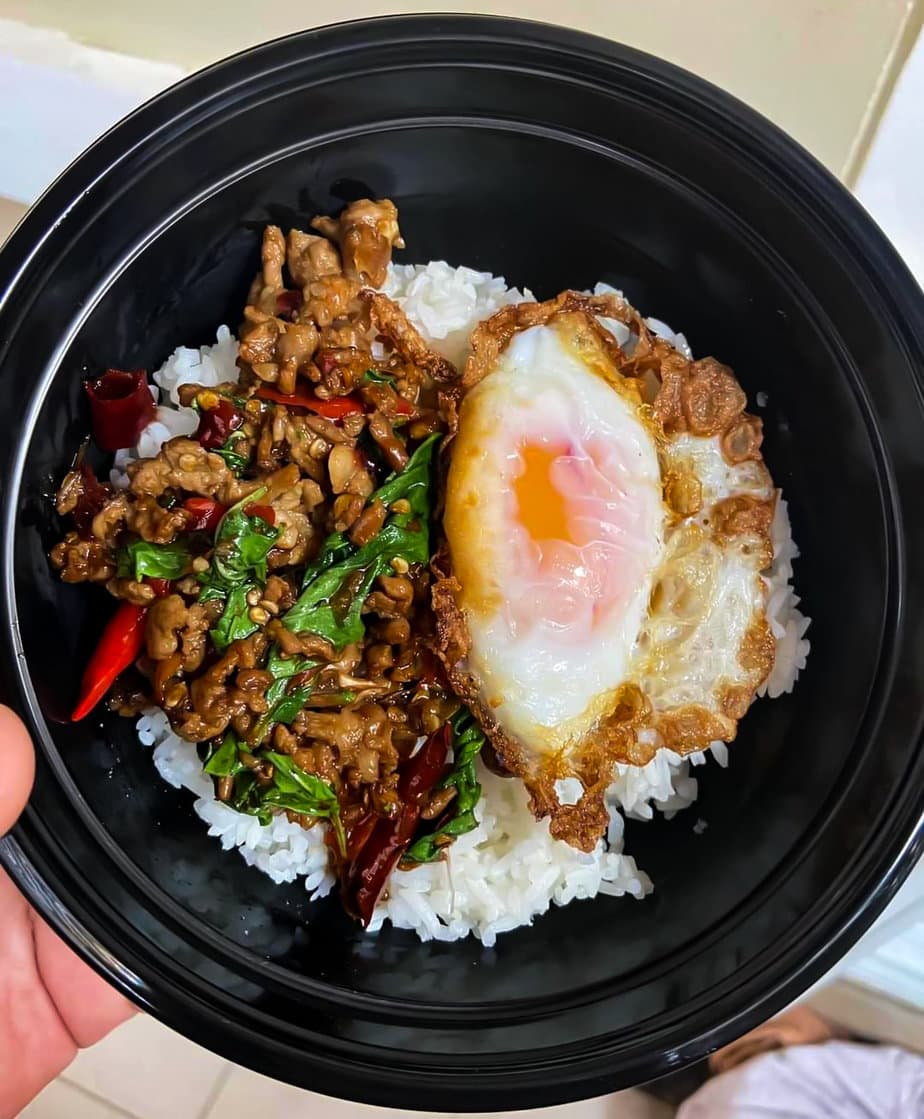
It’s tossed in a dressing of lime juice, fish sauce, and chili, then sprinkled with herbs and served as yam khai dao—a salad that wakes up your taste buds. Just one bite reveals the genius of Thai cooking, able to turn pantry staples into a subtle play of textures and balance.
Follow the sizzle and you’ll uncover the story of its street stalls, the authenticity cues locals look for, modern debates over yolk doneness, and foolproof methods to enjoy it—wherever you fry your eggs.
Street Stall Origins and Cultural Role
In the mid-20th century (and even more so in the 1970s), Bangkok was a city of night markets, “rice-curry” counters, and carts that stayed open late. Workers, students, and taxi drivers needed cheap, quick, comforting fuel: a wok full of eggs fit the bill perfectly.
Vendors would fry kai dao to order, cut the eggs into pieces, and toss them in a punchy sauce before piling the salad over steaming jasmine rice or serving it with slow-simmered congee. The crinkled, uneven edges became a point of pride: cooks dubbed this perfectly puffed crown a “star” and prized the crunchy sound it made.
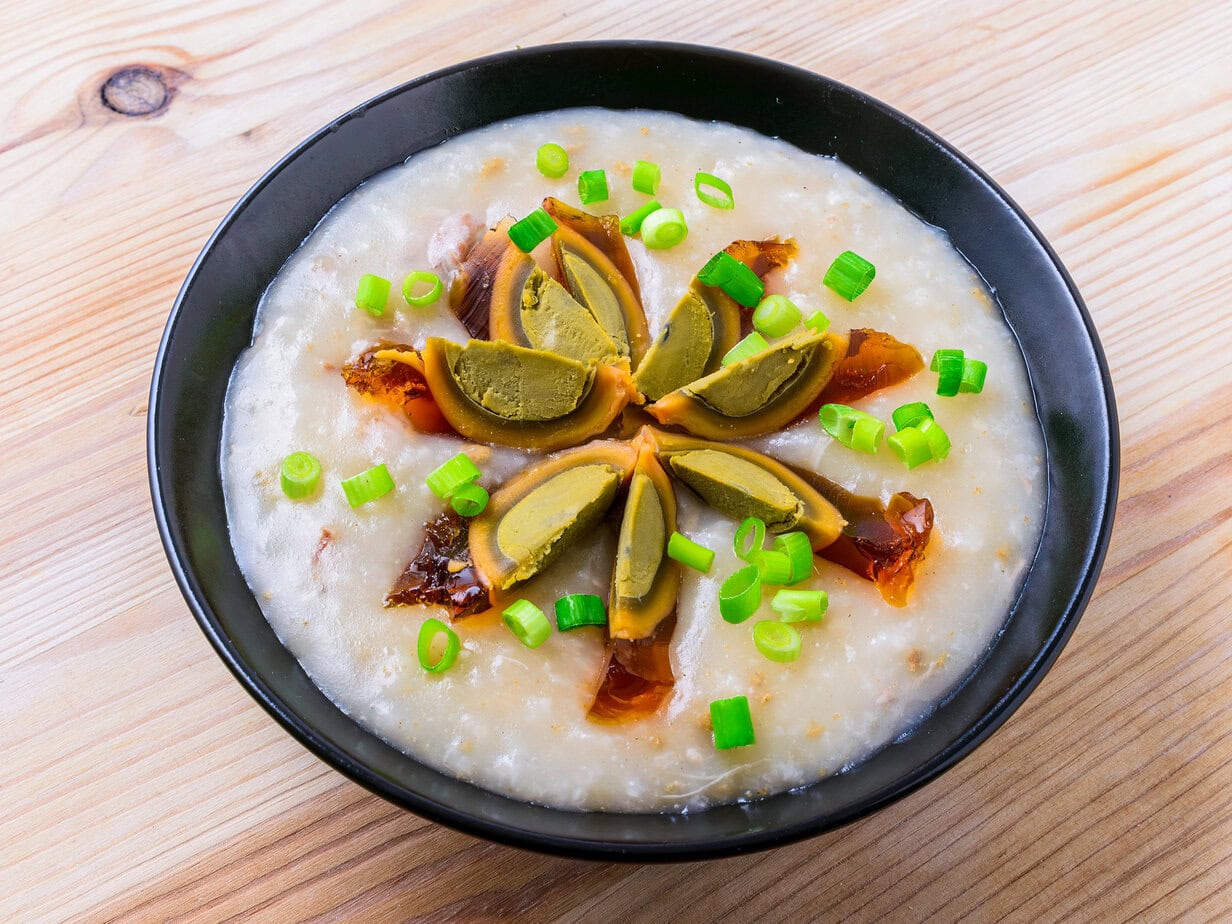
On a Thai table, this salad plays many roles. Its spicy tang cuts through rich Thai curries, its warm yolk soothes alongside a simple bowl of rice porridge, and its high-voltage flavors make it a classic gap glaem (drinking snack) when the beer turns frosty. Since eggs are affordable everywhere, yam khai dao is truly democratic: grandmothers, office workers, and night owls all claim it as comfort food.
How to Spot the Real Deal: Authentic Yam Khai Dao
The Crispy “Star Egg” Technique
Authenticity starts in the wok. About 60 ml of neutral oil should shimmer and just begin to smoke before you crack in the egg; if it’s any cooler, the white sets instead of blooming. At the right heat, the edges puff into a lacy crown in 45 to 60 seconds, turn golden-caramel, and snap when you bite in.
Chicken eggs are most common, but many purists prefer duck eggs for their rich yolks and even crispier whites. Whether you like a runny center or just-set yolk, the egg is never breaded or coated: its bare surface lets the blistered texture shine.
Once the eggs are drained, the dressing should be perfectly balanced: salty fish sauce, tart lime, a hint of sweetness from palm sugar, and the fiery bite of bird’s eye chilies smashed with garlic.

Don’t add any extra oil—the thin layer clinging to the egg brings all the richness you need. Plenty of sliced shallots, tomato wedges, cilantro leaves, and peppery Chinese celery stalks add freshness, so the vegetables nearly match the egg in weight. Western celery can work in a pinch but isn’t quite the same, and adding dairy or olive oil is rare in Thai kitchens. Savvy cooks sometimes slip in a teaspoon of pickled garlic brine or a pinch of fried shallots for a subtle boost of flavor.
Modern Debates and Recipe Variations
The main debate is over yolk consistency. At Soei, a cult Bangkok restaurant, the chef serves whole kai dao and cuts them tableside, letting the runny yolk coat the salad like custard. Many home cooks, wanting a cleaner mix, fry the eggs a minute longer for a jammy yolk that holds its shape. Both camps agree on one thing: crispy edges are non-negotiable.
International cookbooks have added lettuce beds, lemongrass ribbons, or a handful of peanuts. Purists shrug: these tweaks change the texture more than the flavor, as long as the “lime–fish sauce–chili” trio stays front and center. Some Thai home versions bulk it up with a little minced pork or a few poached shrimp, but take away the egg or add mayonnaise and you’re outside the traditional lines.
Red flags are easy to spot: soy sauce instead of fish sauce, a yellow lemon standing in for lime, or olive oil muddying the dressing will all get a gentle but firm “mai chai” (“not right”) from Thai cooks. The ultimate test is simple: if your teeth crunch through a crisp egg white and your tongue tingles with citrusy, briny heat, you’re eating a true yam khai dao.

Ingredients
- 4 eggs
- rice bran oil or another neutral oil for frying
- 1 tomato seeded, julienned
- 60 g onion thinly sliced
- 1 stalk Chinese celery cut into 5 cm pieces, leaves reserved
- 2 cloves Thai garlic use half as many regular garlic cloves
- 5 fresh Thai chilies thinly sliced
- 2 tablespoons fish sauce
- 2 tablespoons lime juice freshly squeezed
- 2 teaspoons granulated sugar or palm (coconut) sugar
Instructions
Preparation
- Coarsely pound the garlic and chilies in a mortar.2 cloves Thai garlic, 5 fresh Thai chilies
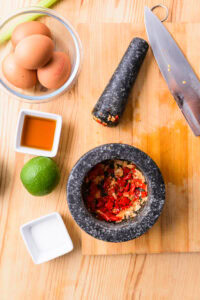
- Add the sugar, fish sauce, and lime juice; stir until the sugar dissolves. Set the dressing aside.2 teaspoons granulated sugar, 2 tablespoons fish sauce, 2 tablespoons lime juice
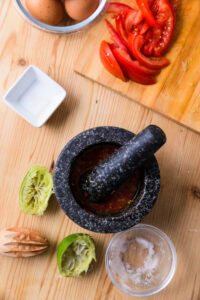
- Separate the celery leaves from the stalks and cut the stalks into 5 cm pieces.1 stalk Chinese celery
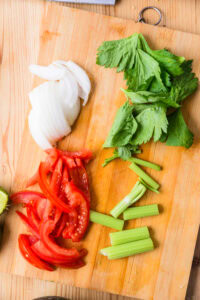
- Heat the oil for frying, quickly fry the celery leaves until crisp, then drain and reserve for garnish.rice bran oil
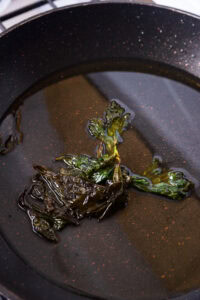
- In the same oil, fry the eggs until the whites are puffed and the edges are crisp, then transfer to a plate.4 eggs
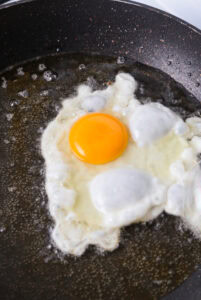
- Toss the tomato, onion, and celery stalks with the dressing.1 tomato, 60 g onion
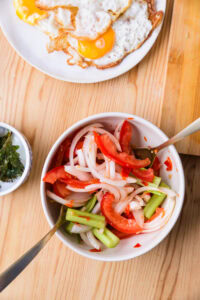
- Spoon the salad over the fried eggs, sprinkle with the crispy celery leaves, and serve immediately.
Notes
- Garlic and chilies are traditionally pounded to release their essential oils and flavor the dressing.
- Rice bran oil is recommended for its high smoke point, but any neutral, high-heat oil will work.
